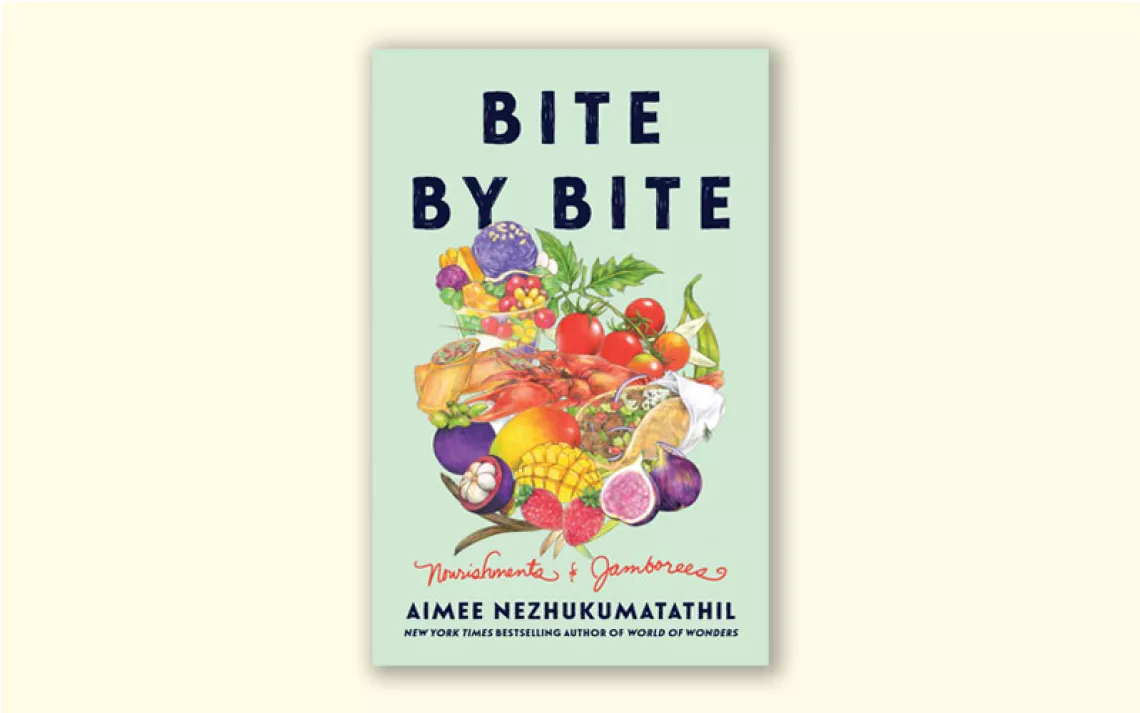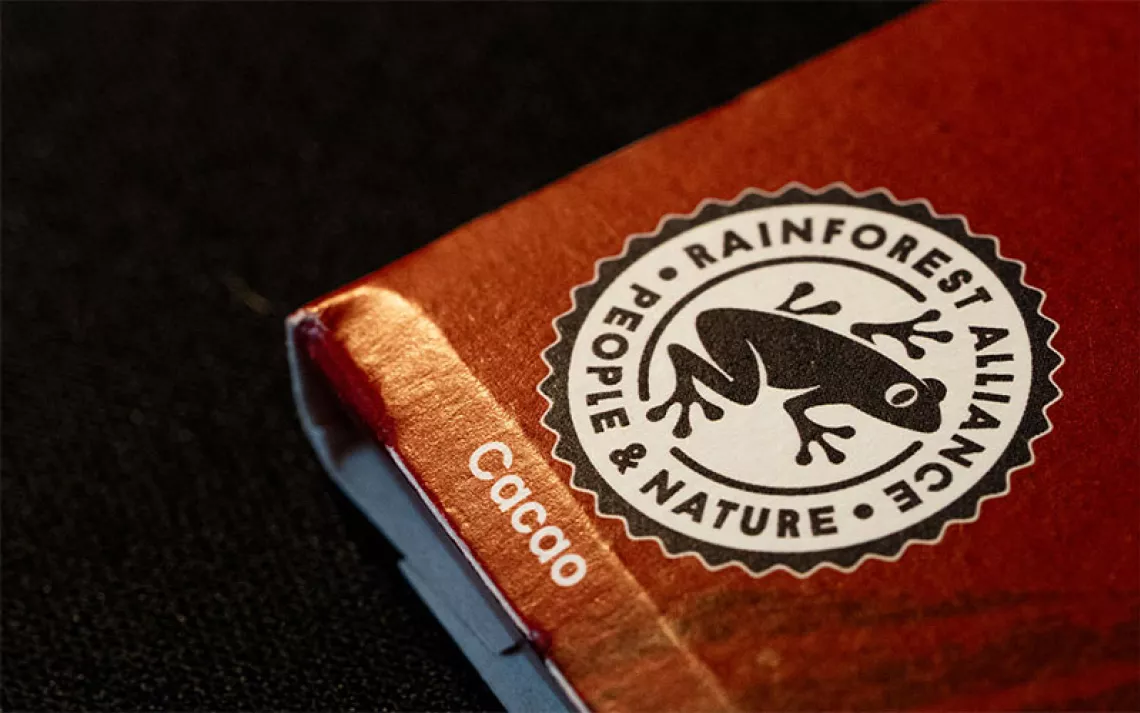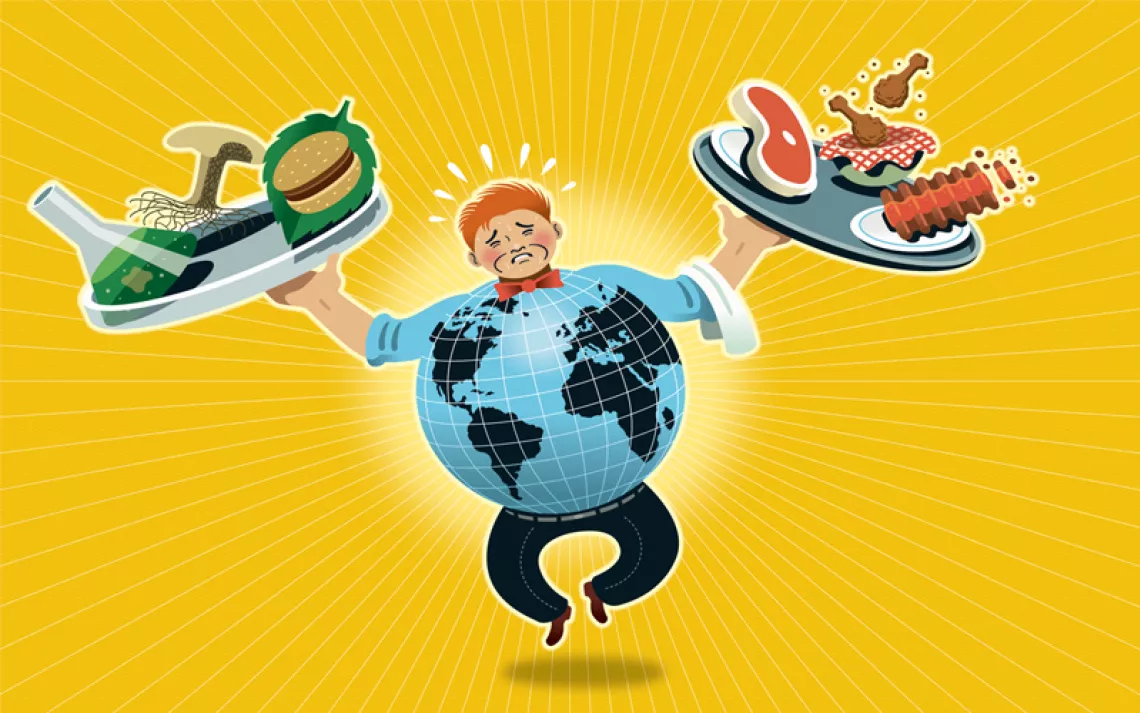Which Coffee Is Better for Biodiversity?
A new study shows sun-loving robusta coffee doesn’t have to hurt biodiversity

Photo courtesy of Prakash Matada
When coffee consumers think about the most sustainable way to manage their caffeine habit, they normally think about the cup it’s in—is it recyclable? But what about the coffee itself? Some coffee plantations require clear-cutting—will drinking one type of coffee have a bigger impact on the environment than another?
Coffee, it turns out, doesn’t come from just one plant; there are two species of coffee that make it into pots around the world. Coffee cognoscenti insist on arabica beans, the species that tends to offer a richer, smoother, more complex flavor. But in recent years, the second species, robusta, is having a renaissance, now accounting for 40 percent of the world coffee market. Not only is it consumed in developing areas of the world, the brew is used to add extra caffeine to traditional Italian espresso and fill out commercial blends of ground coffee. Farmers love it, too, because it is less labor intensive and more insect resistant. In the Western Ghats of India, the seventh-largest coffee-producing nation in the world, many farmers are pulling out their finicky arabica bushes and planting robusta.
But sun-loving robusta requires growers to thin forests to let in more light. Shade-grown coffee plantations have been known to be good habitat for forest birds since they leave the canopy intact. With the expansion of robusta plantations, researchers wondered if that habitat was at risk.
To solve the mystery, researchers from the Wildlife Conservation Society, Princeton, and the University of Wisconsin, Madison, compared the bird biodiversity on arabica and robusta coffee plantations in the Western Ghats. The team gathered data between 2013 and 2015. What they found was surprising. Both arabica forests, which average a 95 percent canopy cover, and robusta farms, averaging an 80 percent canopy, were pretty good at supporting birds. According to the findings, published in Scientific Reports, 79 forest-dependent bird species utilized the plantations, including three IUCN Red-Listed species: the Alexandrine parakeet, Psittacula eupatria; the grey-headed bulbul, Pycnonotus priocephalus; and the Nilgiri wood pigeon, Columba elphinstonii.
The study allays some concerns that robusta production dramatically degrades habitat and shows that coffee plantations can complement protected wildlife areas. That’s especially important in a place like the Western Ghats, where only a small fraction of the land is legally protected. “An encouraging result of the study is that coffee production in the Western Ghats, a global biodiversity hot spot, can be a win-win for birds and farmers,” lead author Charlotte Chang, said in a statement.

Alexandrine parakeet | Photo courtesy of Manish Kumarhoto
Krithi Karanth, the Wildlife Conservation Society associate conservation scientist who conducted the surveys in the Western Ghats agroforests, says it’s all about the trees. “The trees being there is a key factor for taxa like birds,” she says. “For endemic forest-dependent birds, the trees being there has a positive influence.”
Coffee plantations can’t compare to undisturbed habitats—the nonfarmed forests around them host 350 to 400 species. But Karanth says compared with two other agroforest products in the area, rubber and palm oil, coffee plantations are much better for wildlife. In a previous study in Frontiers in Ecology and Evolution, Karanth and her colleagues found that coffee plantations on average supported 60.5 species of birds, compared to rubber, which supported 40.5, and palm oil, which supported just 34.1 species.
That’s good news for the Ghats and other places where shade-grown coffee is still the norm. The story of coffee is not so hopeful elsewhere. In the last 50 years, robusta and arabica growers alike have clear-cut forests to grow coffee in full sun, which makes both species easier to harvest and more productive. According to one recent study, in 2010, 41 percent of coffee plantations in the world had no shade trees left whatsoever. Much of the deforestation has happened in Brazil and Vietnam, the world’s two largest coffee producers, which grow their sun-drenched coffee for mass-produced, bulk, ground coffee.
So what is a coffee-dependent, wildlife-loving person to do? Karanth says consumers have the power to change things by only buying bird-friendly coffee, which usually has the added benefit of being friendly to amphibians, reptiles, mammals, and insects as well. Rainforest Alliance Certified Coffee and Bird Friendly certification, developed by the Smithsonian Migratory Bird Center, are the most reliable indicators that coffee has been grown on a shaded plantation managed to benefit birds and caffeine seekers alike. “As people become more conscious about the environmental impacts of coffee, they are willing to pay a little more for wildlife-friendly coffee,” Karanth says. “I do think consumers can make a huge difference by opting to choose wildlife-friendly products.”
 The Magazine of The Sierra Club
The Magazine of The Sierra Club



